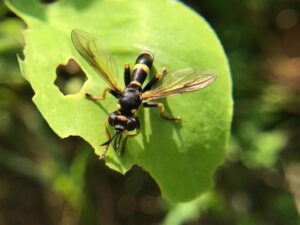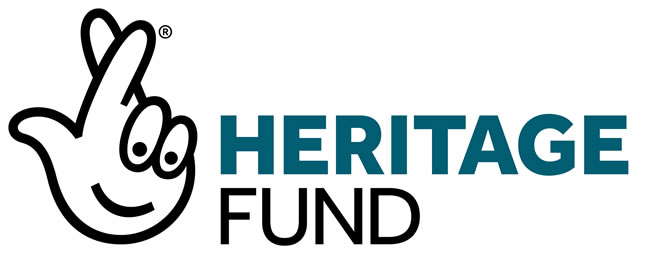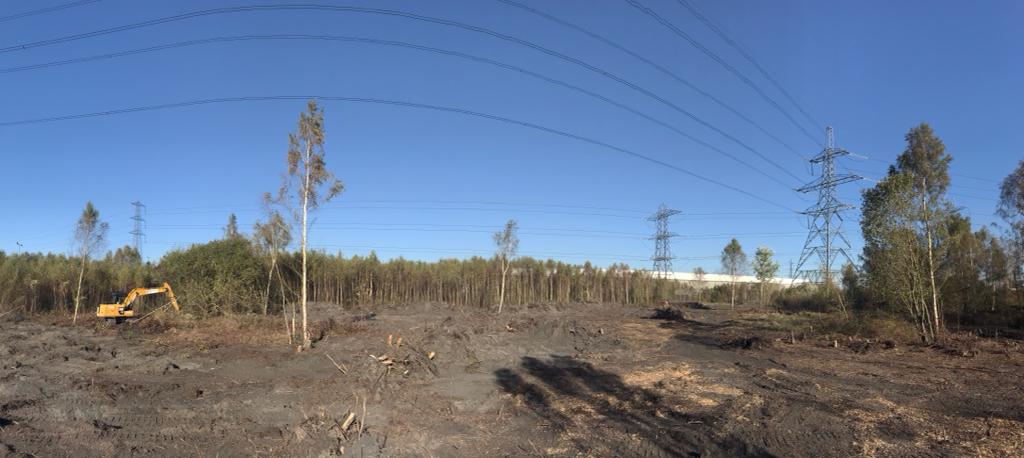
Micro Landscapes Project; Oliver Road Lagoons
Oliver road Lagoons is a fascinating brownfield site in West Thurrock, owned by The Land Trust and managed by Essex Wildlife Trust. Oliver Road Lagoons is one of the best sites in the country for invertebrates and is inhabited by some very rare species, including the distinguished jumping spider. This is due to the mosaic of habitats, including bare ground, flower rich grassland, woodland and wetlands.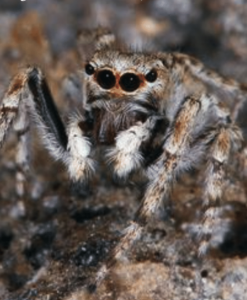
Land of the Fanns funding enabled the Micro Landscapes project, which aimed to improve and raise the profile of a brownfield site with habitat management, community engagement and to enhance invertebrate habitat areas. From previous surveys and a recent survey carried out with thanks to Land of the Fanns funding, it was found that Lichen heath, bare ground and grassland areas were essential habitats for many rare specialist species. The need to extend these habitats and improve existing habitats therefore formed essential management planning of the site.
An area just under 7ha in size was identified as lacking in biological diversity and being in unfavorable condition, due to it consisting predominately of dense birch and willow scrub, with very little ground flora. Felling this scrub and opening up the area will encourage grassland areas full of wildflowers, which provide food, shelter and breeding places for invertebrates. This will also allow for bare ground areas which also benefit other species such as reptiles for basking on and burrowing into.
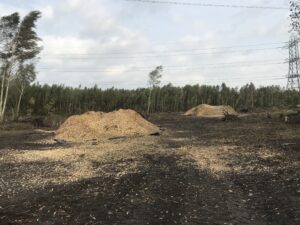
Before the work commenced, various factors had to be taken into account, including weather and ground conditions, sensitive lichen heath areas, ensuring work commenced outside of bird breeding season, access and health and safety. A digger with shears was used to fell the scrub, and this cut scrub was then processed into wood chippings, which were taken off site to be used in power stations. All that remained was stumps and these were removed using a digger, which also inverted the soil and brought pulverised fuel ash to the soil surface. This pulverised fuel ash is toxic and low in nutrients and therefore will encourage wildflower growth and suppress future scrub re-growth. The stumps and soil arisings were piled up into south facing ‘bee banks,’ which will make ideal nesting, basking and burrowing areas for a range of important and threatened wildlife , including solitary mining bees, wasps, beetles, spiders and even reptiles.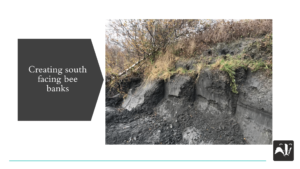
Now the project has been completed, Essex Wildlife Trust will be engaging within the local community through guided walks, once the site is safe, as well as running local and corporate volunteer work parties. There will be continuous monitoring and surveying of the newly transformed area to see what invertebrates inhabit the area, as well and scrub regrowth control by hand pulling and rotovating the soil. Essex Wildlife Trust and the Land Trust would like to say a huge thank you to Land of the Fanns for providing the funding for this important project to take place and we are very excited to see how this area develops over the coming years.
Tiffany Rogerson, Essex Wildlife Trust
